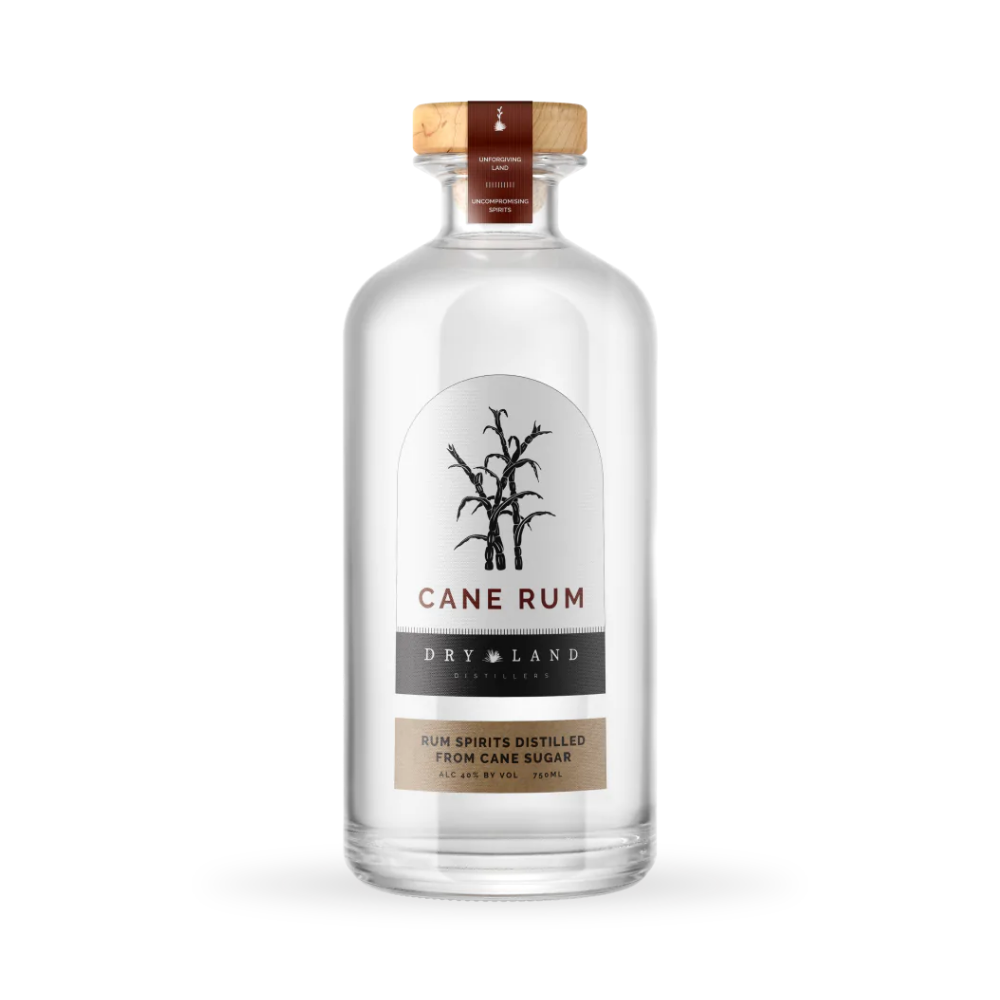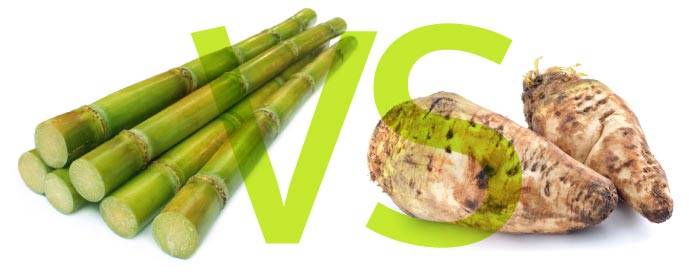Checking Out the Comprehensive Steps Involved in Walking Cane Sugar Processing From Harvesting to Improvement
The procedure of walking cane sugar production includes a collection of intricate steps, starting with the careful harvesting of sugarcane and culminating in the improvement phases that guarantee the last item meets sector standards. Each phase, from the extraction of juice to the filtration and crystallization processes, plays an important function in determining the high quality and character of the sugar.
Collecting Sugarcane
Collecting sugarcane is an essential step in the walking stick sugar processing chain, as it directly affects the high quality and yield of the final product. Appropriate timing and methods are important during this phase to guarantee ideal sugar material and minimize losses. Usually, sugarcane is collected when it reaches maturation, typically 12 to 18 months after growing, identified by a high sucrose focus.

Post-harvest, the sugarcane must be processed promptly to protect against sucrose destruction. Preferably, harvested cane ought to be carried to processing centers within 24-hour to maintain sugar high quality. For that reason, effective logistical preparation is essential to maintain the integrity of the collected crop throughout the supply chain.
Extraction Refine

The smashed walking stick goes through a series of pressing operations to make best use of juice recuperation. Generally, warm water is sprayed onto the smashed walking stick, producing a countercurrent circulation that helps dissolve the sugar while additionally helping in the extraction process. The juice accumulated from this procedure consists of not only sugar but additionally different organic substances and contaminations.

To improve removal efficiency, some facilities may employ diffusion techniques, where the sugarcane is saturated in warm water, enabling the soluble sugars to diffuse right into the fluid. The resulting juice, abundant in sucrose, is after that routed to succeeding processing phases, laying the structure for filtration and improvement. The removal procedure is therefore pivotal in figuring out the top quality and return of the final sugar product.
Purification Techniques
The purification techniques employed in cane sugar processing are vital for transforming the raw juice into a top notch sugar item. These techniques mostly aim to remove pollutants, such as soil, plant materials, and inorganic substances, which can detrimentally influence the end product's taste and shade.
Among the most common filtration strategies is information. This process involves including lime and warmth to the raw juice, which assists in the coagulation of pollutants. The resulting precipitate is then removed through sedimentation or purification, producing a clearer juice. Additionally, the usage of phosphoric acid can enhance the clarification procedure by additional binding impurities.
One more substantial method is carbonatation, where co2 is presented to the cleared up juice. This reaction creates calcium carbonate, which captures continuing to be impurities and promotes their removal.
In addition, activated carbon therapy may be related to adsorb any remaining colorants and natural contaminations, making certain an extra polished item. The mix of these methods properly prepares the sugar juice for subsequent action in the refining process, setting the phase for the production of high-quality walking stick sugar.
Crystallization Techniques
After the filtration phase, the following crucial action in walking cane sugar processing includes crystallization methods, which play a pivotal function in changing the made clear juice into strong sugar. This process normally utilizes two primary approaches: spontaneous condensation and regulated formation.
In spontaneous crystallization, supersaturated sugar solutions are allowed to cool down normally, leading to the development of sugar crystals over time. This technique enables for the uniform growth of sugar crystals and higher pureness.
During formation, the made clear juice is focused with dissipation, raising its sugar web content up until it reaches supersaturation. Once this point is attained, either approach can promote the formation procedure. Cane Sugar check Processing. The resultant sugar crystals are after that separated from the continuing to be syrup through centrifugation
Eventually, the choice of crystallization method impacts the top quality, dimension, and purity of the last sugar product, making this step necessary in the general cane sugar handling treatment.
Refinement and Product Packaging
How can the pureness and quality of walking stick sugar be further enhanced after formation? The refinement process plays a vital function in accomplishing top quality walking stick sugar.
Following, the sugar goes through a process called centrifugation, where it is spun at high speeds to separate the purified sugar crystals from the staying liquid. After centrifugation, the sugar is frequently further improved with a method called carbonization or phosphatation, Click Here which utilizes triggered carbon or phosphoric acid to remove color and off-flavors.
As soon as improved, the sugar is dried to achieve the preferred moisture content, making sure that it remains secure during storage space and transportation. The last action includes packaging the polished sugar in airtight and moisture-proof containers to maintain its quality and prevent contamination. Cane Sugar Processing. Proper packaging not just prolongs rack life yet additionally promotes very easy handling and circulation, making certain that customers obtain sugar that fulfills the greatest criteria of pureness and quality
Final Thought
The thorough actions included in walking cane sugar handling, from the precise harvesting of sugarcane to the detailed improvement and product packaging phases, underscore the relevance of each stage in ensuring top quality sugar manufacturing. Optimum harvesting techniques, efficient removal techniques, and strenuous filtration processes collectively add to the final product's purity and security. The crystallization and subsequent product packaging methods better enhance the integrity and service life of the sugar, highlighting the intricacy and precision inherent in this vital farming industry.
The process of cane sugar production incorporates a collection of complex actions, starting with the careful harvesting of sugarcane and finishing in the refinement stages that make certain the final item satisfies industry requirements. Preferably, collected cane must be transferred to processing centers within 24 hours to maintain sugar quality.In spontaneous condensation, supersaturated sugar options his explanation are enabled to cool normally, leading to the development of sugar crystals over time - Cane Sugar Processing. The refinement procedure plays a critical function in accomplishing high-quality cane sugar.The extensive steps involved in walking stick sugar processing, from the precise harvesting of sugarcane to the detailed refinement and product packaging phases, highlight the significance of each phase in making sure top quality sugar manufacturing